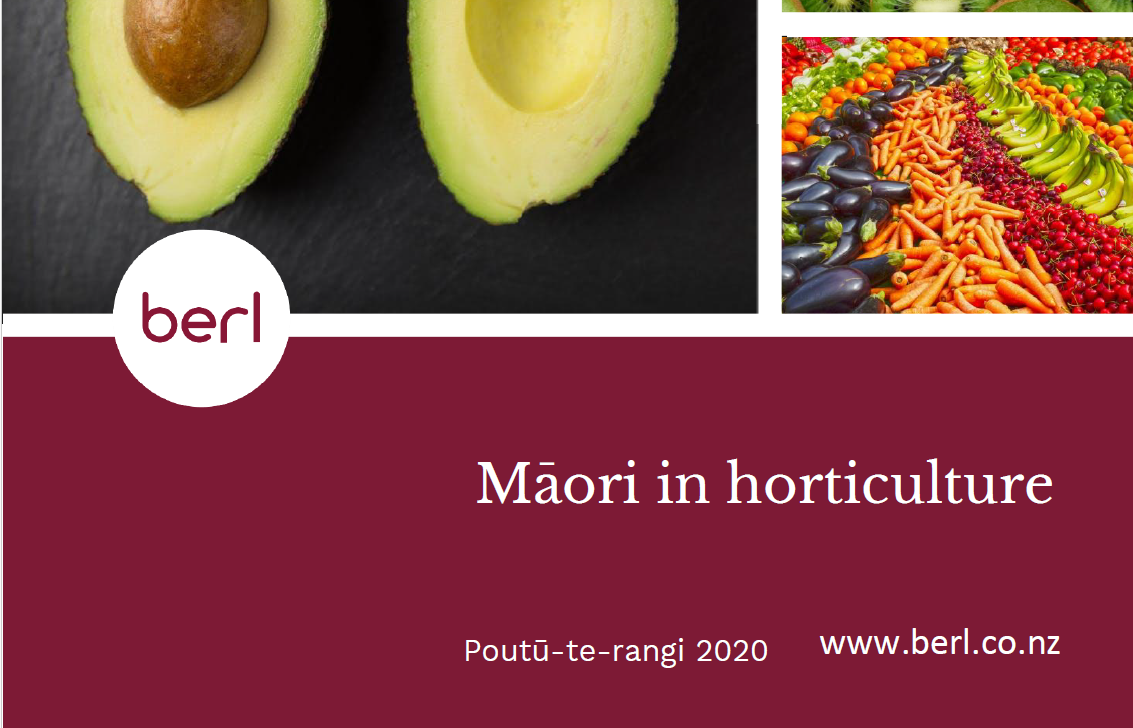National Context: Māori Participation in Horticulture and Emerging Sectors
New Zealand’s food and fibre sector continues to evolve rapidly, creating new opportunities for Māori participation and leadership. The following summary draws from a range of sector reports and highlights the potential for growth across horticulture, hemp, medicinal cannabis, and indigenous species.
The Changing Nature of New Zealand’s Food & Beverage Sector
The Coriolis Investors Guide to the New Zealand Food & Beverage Industry (late 2019) provided a comprehensive overview of the sector. One of the key insights was the continued investment attraction to New Zealand’s strong and growing produce industry.
Fresh Produce Exports
New Zealand exports four broad classes of fresh produce and is internationally recognized for the quality of its fruit exports, particularly kiwifruit and apples. While fruit is primarily grown for export, most vegetables are consumed domestically, with key exceptions such as potatoes, onions, and buttercup squash.
Horticulture in New Zealand
According to Horticulture New Zealand (2020):
- There are approximately 6,000 growers across Aotearoa.
- In 2019, the total value of horticulture exports exceeded $4.2 billion.
- The value of the overall horticulture industry increased by over 60% in the previous decade, reaching $6.4 billion in 2019.
- This growth has been driven by investment in new crop varieties, improved growing and harvesting techniques, and innovations in post-harvest processing.
Key challenges facing the industry include labour shortages, freshwater access, regulatory compliance, and climate change adaptation.
Note: The wine industry is reported separately from horticulture.
Source: HortNZ
Māori in Horticulture
The 2020 Māori in Horticulture report by BERL, commissioned by Te Puni Kōkiri, highlights the rapid emergence of Māori in the sector:
- Māori participation in horticulture is growing fast and is expected to accelerate further over the coming decade.
- In regions like the Bay of Plenty, Tasman, and Hawke’s Bay, horticulture already plays a significant role in the local economy.
- Other areas with suitable climates, such as the Far North District, are expected to see increased Māori-led horticultural development.
Māori landowners hold substantial areas of pastoral and forestry land, and there is a growing movement to convert suitable parcels into productive horticultural ventures. This transition increases both the economic output of the land and job opportunities for local communities.
Although Māori entities are actively investing in and developing orchards, data on the full extent of Māori participation in the sector is currently limited.
Source: Māori in Horticulture – BERL (2020)
Hemp and Medicinal Cannabis
According to the NZHIA Investor Report (2020), the hemp and medicinal cannabis sector has the potential to become a NZ$2 billion industry by 2030, supporting thousands of jobs across Aotearoa. Many iwi and Māori entities are already actively involved in cultivation and product manufacturing for both domestic use and export.
Medicinal cannabis is currently legal in over 40 countries and 33 U.S. states, with global market estimates reaching US$62.6 billion by 2024. As more jurisdictions explore legalisation based on emerging evidence of its efficacy, market opportunities are expected to expand.
Source: NZ Hemp Export Driven Investor Report (2020)
Indigenous Species: Economic and Cultural Value
There is increasing recognition of the commercial and cultural value of indigenous species. Key examples include:
Nutraceuticals and innovative natural products: MBIE reported that export value in this category rose from US$342 million to NZ$1.25 billion between 2006 and 2016.
NutraIngredients-Asia (2017)
Mānuka honey: Plantation-based production is projected to reach NZ$150–450 million by 2028, with wild honey contributing similar or greater value.
MPI – High Performance Mānuka PGP
Tōtara wood: Currently valued at around NZ$1,200 per cubic metre—nearly ten times the average value of exotic plantation timber (approx. NZ$150/m³).
Scion Research – 2020 Annual Report
